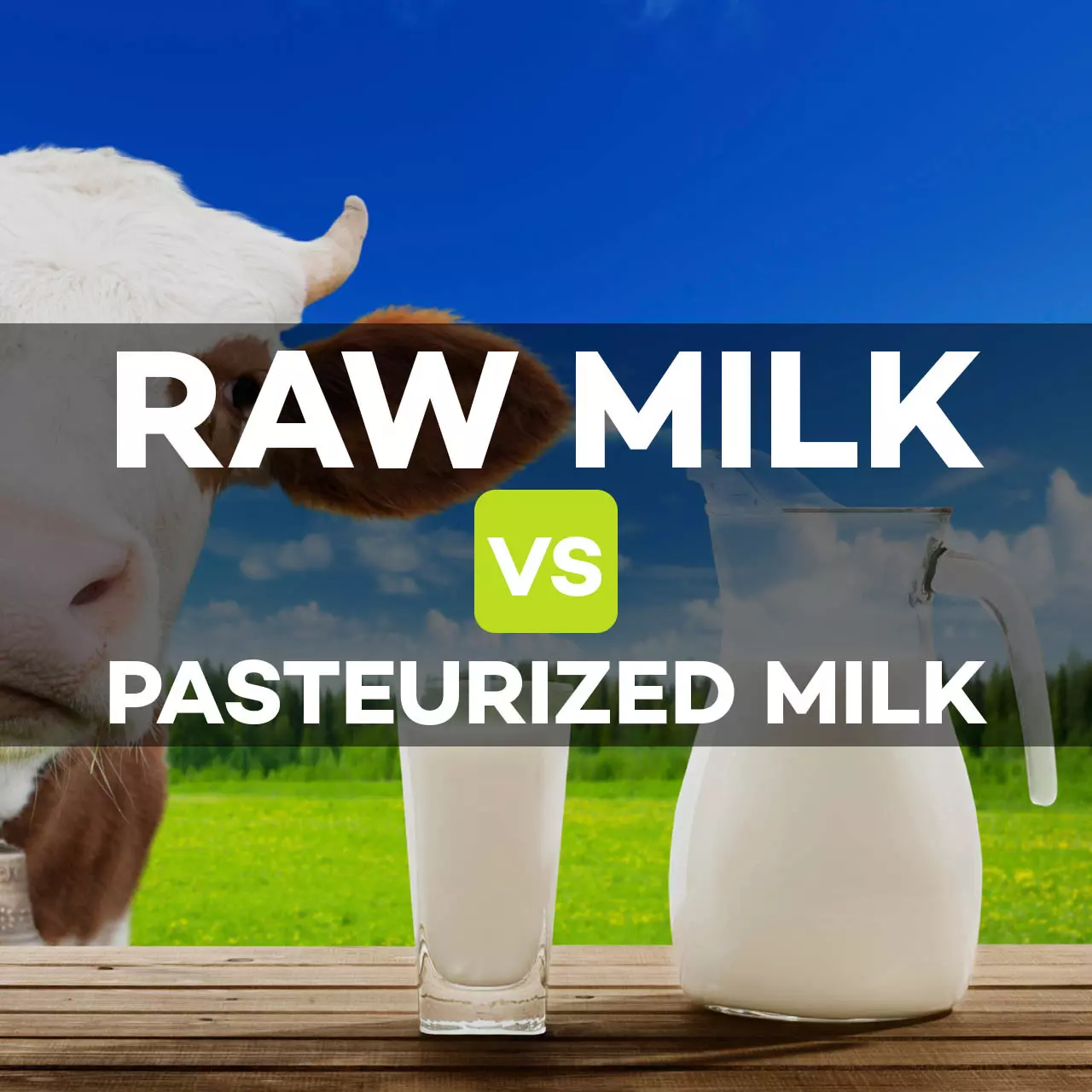I Have Written About the Health Benefits of Raw Milk Before
But, since milk is one of the single most historically important foods to human health I thought a second article would be well worth the time. Don’t forget to that I’m just not talking about any milk here, but raw milk from healthy, pasture roaming, grass-fed cows. The difference between the milk you buy at the grocery store (pasteurized milk from grain-fed cows) and raw milk is enormous. What’s very unfortunate is that in some states raw milk is no longer a legal product to sell. But if you’re lucky enough to live in a state, such as PA, where raw milk is available in stores and you don’t buy it, you are passing up a huge opportunity to improve your health.
Why Have We (as a population) Become Lactose Intolerant?
For millennia, much of the worlds’ population has depended largely on milk for nutritional sustenance. What has caused the modern issue of lactose intolerance? For anyone who doesn’t know lactose is the major type of sugar in milk. What odd is, almost no one has problems digesting it when they’re babies and dependent on our mother’s milk. But many people lose the lactase enzyme in the lining of the intestines as they age, growing lactose intolerant. Fermentation breaks down lactose, so you don’t need that enzyme as long as you only consume fermented dairy products, such as yogurt or cheese.
Pasteurization
Is a process that significantly reduces microbes, both good and bad, most often by using high temperatures. There are many problems with pasteurized milk that I shall dive into, but first why is most of today’s milk pasteurized? Most of us have been falsely told that milk needs to be pasteurized to be “safe.” But what if we haven’t been told the whole story. The other side of this story is that for thousands of years, people who gave their animals humane care and didn’t force feed them grains, not only survived but thrived on completely fresh (raw) milk. Pasteurization became imperative when cows were confined in CAFOs, where they are forced to eat grain, disease ridden, and in need of antibiotics. But here’s the shocking truth no epidemics have ever been traced to raw milk consumption when that milk came from cows that were healthy and the humans milking them were disease free.1
Saponification
There are many differences between fresh raw milk and pasteurized milk. One striking difference can only be revealed by an electron microscope. Fat globules, now lack their sophisticated bilayer of wrapping and are instead caked with minerals and tangled remnants of casein micelles. This is not normal, but why does this happen in the process of pasteurization. Heat of pasteurization forces sugars to react with amino acids, denaturing the proteins, while knocking colloidal calcium phosphate (most digestible form of calcium phosphate) out of casein molecules. Processing can also render milk highly irritating to the intestinal tract. During processing, this colloidal calcium phosphate combines with the fatty acids to form a kind of milk-fat soap. This reaction is called saponification, this irritates many people’s GI tracts and makes the calcium and phosphate much less bioavailable (more difficult to absorb).2
How much less bioavailable are these important minerals?
Studies comparing fresh to pasteurized skim cow’s milk and human breast milk show that processing leads to a substantial six-fold drop in mineral bioavailability.3,4 Hang on, there is more. Raw milk contains active enzymes designed to help streamline the digestive process, but processing destroys many of them. Stick with me, one more unique quality of raw milk are gangliosides, which are surface molecules on the milk fat globule membranes. These Gangliosides inhibit harmful bacteria from multiplying in the intestines. Once digested, they have also been shown to stimulate neural development.5 Homogenization (another step-in milk processing) strips these unique molecules away. But, when we replace raw milk with the processed alternative our bones take the biggest hit. As shown by places like Norway, Sweden, and Denmark, were people are now suffering from particularly high rates of osteoporosis and degenerative arthritis.6
- The Milk Book: The Milk of Human Kindness Is Not Pasteurized, William Campbell Douglass II, Rhino Publishing, 2005.
- http://www.sciencedirect.com/science/article/pii/S0958694602000602
- http://onlinelibrary.wiley.com/doi/10.1111/j.1365-2621.1991.tb05403.x/abstract
- http://www.sciencedirect.com/science/article/pii/S0308814698002325
- http://agris.fao.org/agris-search/search.do?recordID=US19900069399
- https://www.ncbi.nlm.nih.gov/pubmed/1421798
No Sweat Recipe Of the Week
DIY Raw Chocolate Milk
Ingredients
- 1-2 Cups Raw Milk (Grass-fed)
- Note: Goats or any other animals milk may be substituted (as long as the animal it came from was grass-fed and healthy)
- 1 cup Raw Cacao powder
- ½ cup Real Maple Syrup
- ¾ cup Water
- 1 TBSP Madagascar pure Vanilla extract or 5 drops of Sweetleafs organic vanilla cream liquid stevia
- Optional – ¼ teaspoon Ceylon cinnamon
Instructions
- Make Chocolate Syrup (Can keep in fridge for up to 3 weeks)
- On low, in a medium saucepan, mix together the maple syrup and water. Bring to a simmer.
- Whisk in the cocoa powder. Remove from heat.
- Add vanilla extract (or stevia) and let cool (syrup will thicken).
- Simply add your desired amount to a glass of milk and enjoy
| This newsletter has been brought to you by Ki’netik fitness a thriving fitness community. If you have any questions, feel free to email me at kylekinley.kinley6@gmail.com |

